Mattress Collection in White Goods Recycle
Introduction to Mattress Recycling
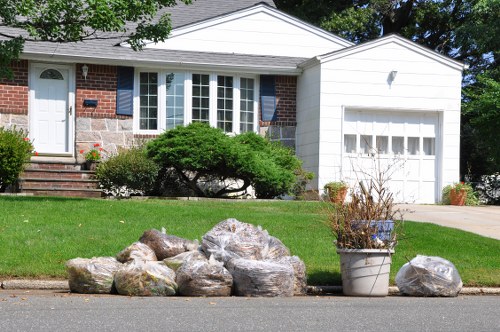
In today's environmentally conscious society, mattress collection plays a vital role in sustainable waste management. Proper recycling of mattresses not only reduces landfill waste but also conserves valuable resources.
Mattresses are bulky items that contribute significantly to household waste. With the increasing number of households and the consumption rate of mattresses, effective recycling solutions are essential.
Understanding the process and benefits of mattress recycling can help individuals and businesses make informed decisions about waste disposal.
The Importance of Recycling Mattresses
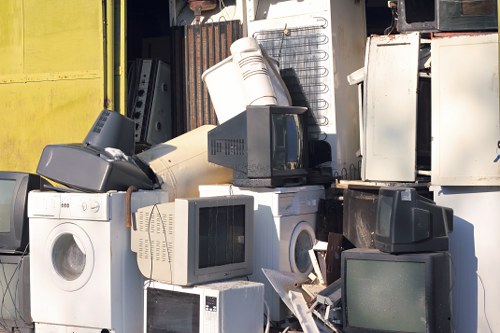
Recycling mattresses is crucial for several reasons:
- Environmental Protection: Reduces the amount of waste in landfills.
- Resource Conservation: Salvages materials such as metal, foam, and fabric for reuse.
- Energy Savings: Recycling uses less energy compared to producing new materials.
- Economic Benefits: Creates jobs in the recycling industry.
By choosing mattress recycling, individuals contribute to a more sustainable future and help mitigate environmental impacts.
Moreover, recycled materials from mattresses can be transformed into products like carpet padding, insulation, and new mattresses, promoting a circular economy.
How Mattress Collection Works
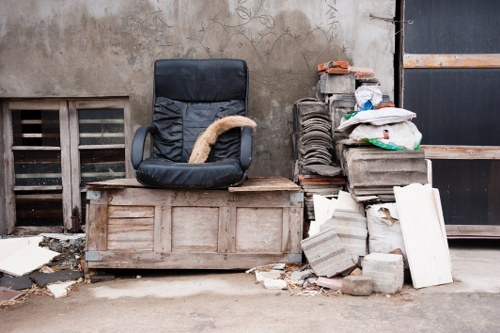
The mattress collection process involves several key steps to ensure effective recycling:
- Assessment: Evaluating the mattress condition to determine recyclability.
- Transportation: Safely collecting and transporting mattresses to recycling facilities.
- Disassembly: Separating different components such as metal springs, foam, and fabric.
- Processing: Cleaning and preparing materials for reuse.
- Repurposing: Converting recycled materials into new products.
Each step is designed to maximize material recovery and minimize environmental impact.
Professional mattress collection services ensure that the process adheres to environmental standards and regulations.
Benefits of Using Professional Collection Services
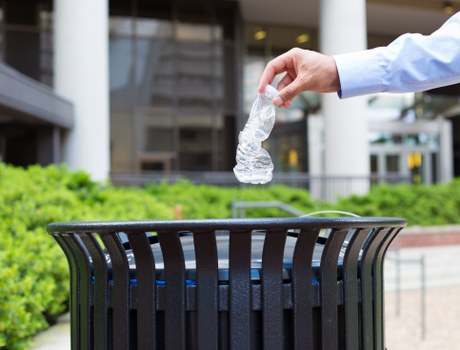
Opting for professional mattress collection services offers numerous advantages:
- Convenience: Efficient scheduling and pickup services.
- Compliance: Adherence to local recycling laws and regulations.
- Safety: Proper handling to avoid damage or injury during transport.
- Quality Assurance: Ensures materials are recycled appropriately.
These services streamline the recycling process, making it easier for individuals and businesses to participate in sustainable practices.
Additionally, professional collectors often provide certifications, verifying that mattresses are recycled responsibly.
Environmentally Friendly Disposal Methods
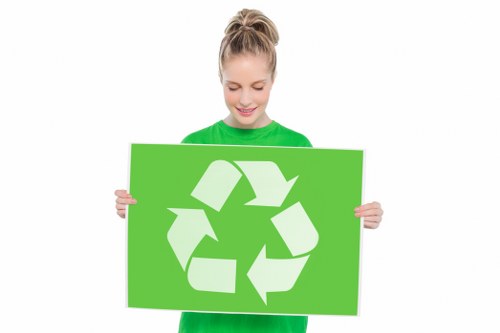
Adopting environmentally friendly disposal methods for mattresses is essential for preserving natural resources. Some of these methods include:
- Donation: Giving usable mattresses to charities or those in need.
- Recycling: Breaking down mattresses into their component parts for repurposing.
- Energy Recovery: Utilizing waste-to-energy technologies to generate power.
- Composting: Decomposing organic materials, though less common for mattresses.
Each method has its own set of benefits and suitability depending on the mattress condition and available facilities.
Choosing the right disposal method ensures that mattresses are handled responsibly, reducing negative environmental impacts.
Challenges in Mattress Recycling

Despite its benefits, mattress recycling faces several challenges:
- Complex Composition: Mattresses are made of diverse materials, complicating the recycling process.
- Transportation Costs: High costs associated with moving large, bulky items.
- Lack of Infrastructure: Insufficient recycling facilities equipped to handle mattresses.
- Consumer Awareness: Limited understanding of recycling options and benefits.
Addressing these challenges requires coordinated efforts from governments, businesses, and consumers to improve recycling infrastructure and raise awareness.
Innovative technologies and policies can also help overcome obstacles, making mattress recycling more efficient and widespread.
Innovations in Mattress Recycling
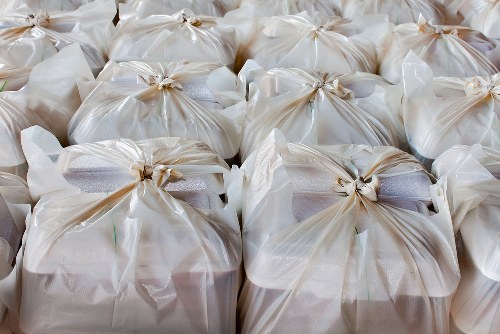
Advancements in technology have significantly enhanced mattress recycling processes:
- Automated Sorting: Machines that efficiently separate mattress components.
- Advanced Material Recovery: Techniques that extract valuable materials with minimal waste.
- Eco-friendly Processing: Methods that reduce energy consumption and emissions.
- Biodegradable Materials: Development of mattresses with materials that are easier to recycle.
These innovations not only improve the efficiency of recycling but also expand the range of materials that can be recovered and reused.
Continued investment in research and development will further enhance the sustainability of mattress recycling.
Guidelines for Preparing Mattresses for Recycling
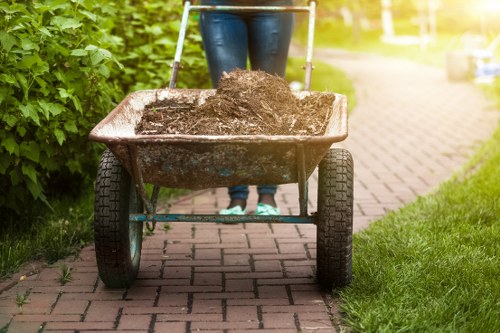
To ensure successful mattress recycling, proper preparation is essential:
- Remove Bedding: Strip off sheets, covers, and other bedding materials.
- Check for Damage: Ensure the mattress is not excessively damaged, which might affect recyclability.
- Disassemble Components: Separate removable parts like metal springs and fabric coverings.
- Clean the Mattress: Remove any stains or debris to facilitate processing.
Following these guidelines can enhance the efficiency of the recycling process and maximize material recovery.
Properly prepared mattresses are easier to handle, reducing processing time and costs.
Local Regulations and Recycling Policies
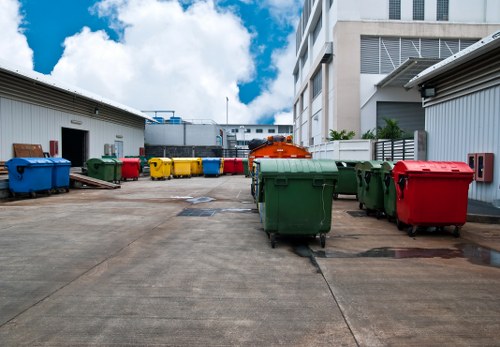
Understanding local regulations is crucial for effective mattress recycling:
- Waste Management Laws: Guidelines on how mattresses should be disposed of or recycled.
- Recycling Mandates: Requirements for businesses to recycle a certain percentage of their waste.
- Tax Incentives: Financial benefits for companies investing in recycling technologies.
- Public Awareness Campaigns: Initiatives to educate the community about recycling benefits.
Adhering to these policies ensures compliance and promotes sustainable waste management practices.
Staying informed about local regulations can help individuals and businesses navigate the recycling landscape effectively.
Case Studies: Successful Mattress Recycling Programs
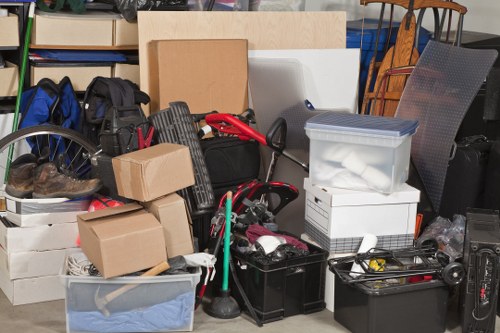
Several regions have implemented successful mattress recycling programs that serve as models for others:
- California: Comprehensive recycling infrastructure with widespread collection services.
- New York: Partnerships between municipalities and recycling companies to streamline processes.
- Sweden: Advanced technologies that maximize material recovery and minimize waste.
- Japan: High public participation rates driven by awareness campaigns.
These case studies demonstrate the diversity of approaches and the importance of tailored solutions to local contexts.
Learning from these examples can guide the development of effective mattress recycling initiatives elsewhere.
The Future of Mattress Recycling
The future of mattress recycling looks promising with ongoing advancements and increased awareness:
- Technological Breakthroughs: Innovations that simplify and enhance the recycling process.
- Policy Developments: Stronger regulations and incentives to promote recycling.
- Expanded Infrastructure: More facilities equipped to handle mattress recycling.
- Consumer Engagement: Greater participation driven by education and accessibility.
These factors will collectively contribute to higher recycling rates and reduced environmental impact.
As society continues to prioritize sustainability, mattress recycling will become an integral component of responsible waste management.
How You Can Contribute
Everyone can play a role in promoting mattress recycling:
- Choose Recyclable Mattresses: Opt for mattresses made from recyclable materials.
- Support Recycling Programs: Participate in local collection initiatives.
- Educate Others: Spread awareness about the importance of recycling.
- Reduce Waste: Consider donating or repurposing old mattresses when possible.
Your actions can make a significant difference in advancing sustainability and reducing waste.
By taking these steps, you contribute to a healthier environment and a more sustainable future.
Conclusion
Mattress collection through white goods recycle is a critical aspect of sustainable waste management. By understanding the importance, processes, and benefits of mattress recycling, individuals and businesses can make informed decisions that positively impact the environment.
Despite challenges, innovations and effective policies are paving the way for more efficient and widespread recycling practices. Everyone has a role to play in promoting and supporting mattress recycling efforts.
Take action today by contacting mattress recycling services or supporting local initiatives to contribute to a greener, more sustainable world.
Contact us today to learn more about mattress recycling services in your area and make an eco-friendly choice for waste disposal.